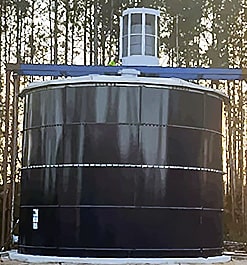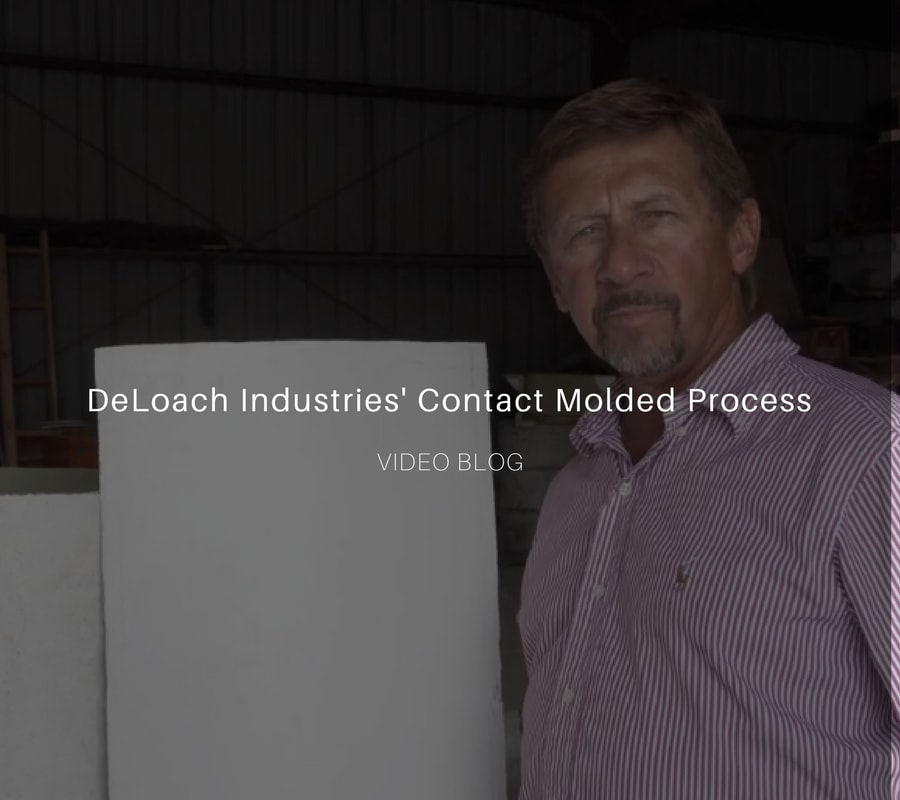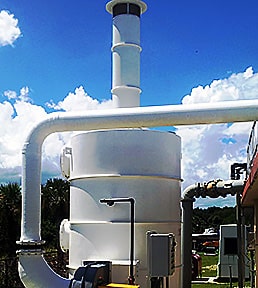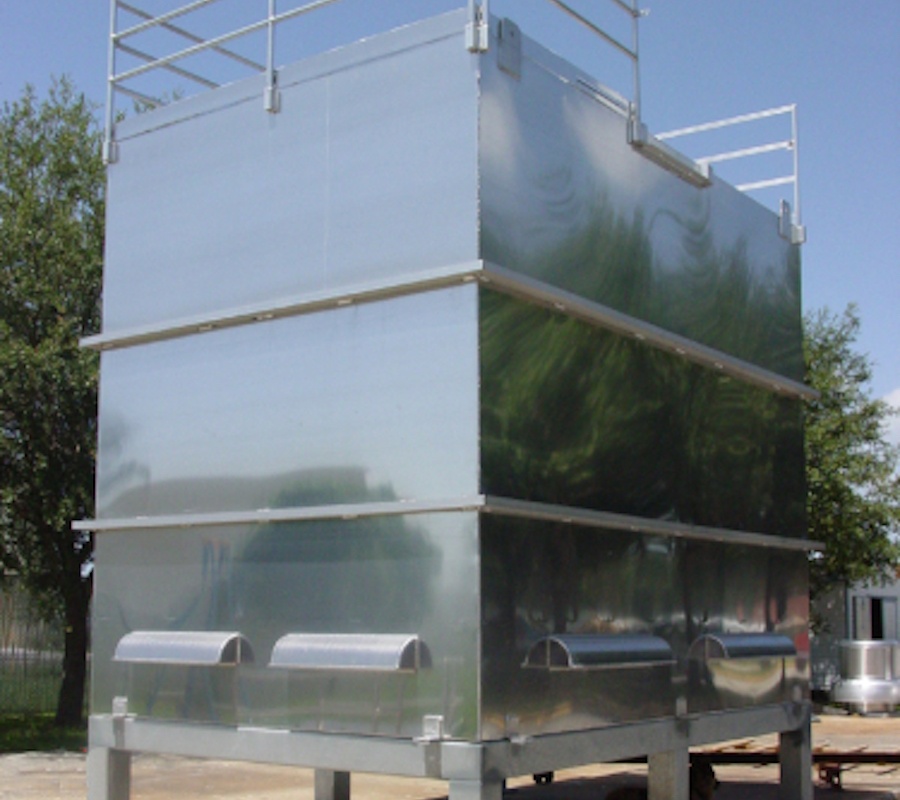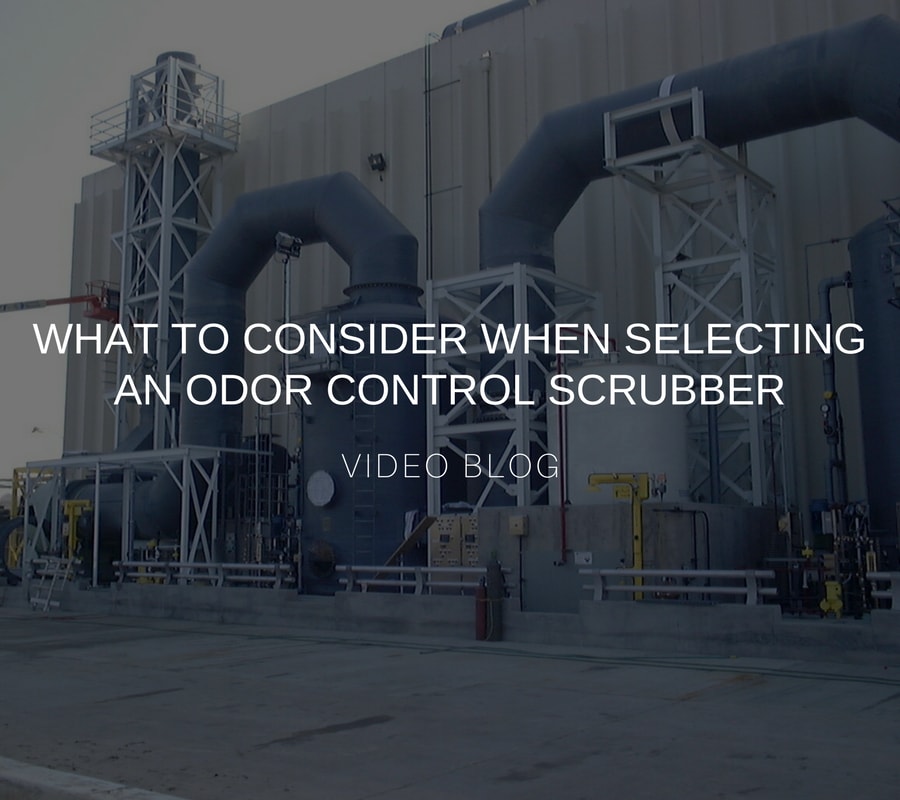Fiberglass is a versatile material
Its durability, corrosion resistance, and strength-to-weight ratio make it a popular choice in various industries. These qualities make it a great choice for a variety of applications. These qualities make it an excellent choice for many applications.
At DeLoach Industries Inc., we specialize in fiberglass manufacturing methods, including the hand lay-up contact molding process. In this video, we will discuss this particular process and its application in creating small components for our fiberglass aerator tanks.
The hand lay-up contact molding process is a manual technique. It involves layering fiberglass materials onto a mold.
This creates a desired shape or component. It is a common method used in the production of small to medium-sized fiberglass parts. Let's take a closer look at the steps involved in this process.
Mold Preparation:
To prepare the mold, use a sturdy material such as metal or fiberglass, and clean the surface thoroughly. Apply a mold release agent to prevent the fiberglass from sticking.
Fiberglass Material Selection:
Next, we select the appropriate fiberglass material based on the specific requirements of the component. Fiberglass materials are available in various forms, such as woven fabric, chopped strand mats, or continuous strand roving. The selection depends on factors like strength, flexibility, and the desired finish of the final product.
We apply a fiberglass gel coat to the mold. This creates a smooth and aesthetically pleasing surface finish.
Before creating the component, we apply the gel coat, which is a resin blended with pigment, onto the mold surface. This serves to create a protective layer that enhances the durability and appearance of the final product. The gel coat application is an essential step in the fiberglass manufacturing process.
The gel coat can be applied using two common methods: spraying or brushing. When spraying, a specialized spray gun evenly distributes the gel coat onto the mold, ensuring consistent coverage. This method is efficient for large-scale production or complex shapes where an even application is crucial.
Brushing is a manual process. It involves brushing the gel coat onto the mold surface.
This provides more control over the thickness of the coating. It also ensures that all areas are properly coated. This technique is often preferred for smaller projects or intricate details that require precision.
The gel coat serves multiple purposes. It acts as a protective barrier between the mold and the fiberglass layers. This prevents any potential damage or adhesion issues. Additionally, the gel coat provides an attractive and smooth surface finish for the final component, enhancing its aesthetic appeal.
The gel coat contains a pigment that provides a variety of colors. This allows for customization and ensures the component meets the desired specifications. By selecting the appropriate pigment, the component can be aesthetically pleasing while also meeting any branding or design requirements.
Furthermore, the gel coat plays a vital role in the overall structural integrity of the fiberglass component. It acts as a barrier.
It protects against external elements such as UV radiation, moisture, and chemicals. This safeguards the underlying layers of fiberglass. This helps maintain their strength and longevity.
Overall, the application of the gel coat is a crucial step in the fiberglass manufacturing process. Whether applied through spraying or brushing, it creates a protective layer, enhances the component's appearance, and contributes to its structural integrity. We carefully consider the gel coat and application method to guarantee the final product meets the desired standards. These standards include quality, durability, and visual appeal.
Layering the Fiberglass:
After the gel coat has hardened, we add the fiberglass layers. We soak each layer in resin and carefully place it onto the mold surface to ensure proper bonding. We repeat this process until we achieve the desired thickness and durability of the component. To increase strength in specific areas, we may include additional reinforcements such as fiberglass mats or woven fabric.
We use a catalyzed resin, typically polyester or epoxy, to bind the fibers of each layer of fiberglass together. This creates a solid composite structure.
We call this process resin application and consolidation. We evenly spread the resin using brushes or rollers and remove excess air to ensure proper consolidation. This eliminates any voids.
Curing:
Once we complete the lay-up process, we allow the composite structure to cure. The curing time and temperature depend on the resin system we use. During this stage, the resin undergoes a chemical reaction, transforming from a liquid to a solid state. This bonds the fiberglass layers together.
Once the component has fully hardened, we meticulously remove it from the mold and perform the finishing touches. To achieve the desired dimensions and surface finish, we trim and sand away any excess material or flash.
For a polished finish, we can employ additional techniques such as coating and painting. These techniques serve to meet specific requirements or enhance the component's appearance.
DeLoach Industries Inc. specializes in hand lay-up contact molding. We utilize this method to produce tiny parts for our induced draft aerators. The components are essential for improving the performance and efficiency of our aerators. Our aerators find application in various fields, including water and wastewater treatment systems.
Our experienced professionals possess in-depth knowledge and expertise in fiberglass manufacturing techniques. They follow industry best practices and quality standards carefully. This ensures the production of high-quality fiberglass components. These components meet our customers' specifications and performance requirements.
Are you interested in learning about our fiberglass manufacturing techniques? Or, do you want to know how our induced draft aerators can benefit your specific needs? We're dedicated to providing detailed information, answering any questions you may have, and offering personalized solutions.
Contact DeLoach Industries Inc. at (941) 371-4995 to speak with our experts. We're excited to assist you and provide the top-notch fiberglass solutions you require.
For more information or to learn more contact the professionals at DeLoach Industries Inc. at (941) 371-4995.

Related Blog: Why Aeration is the Most Cost-Effective Way to Oxidize Iron
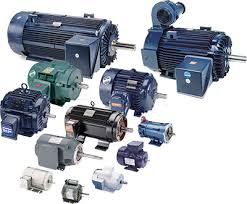
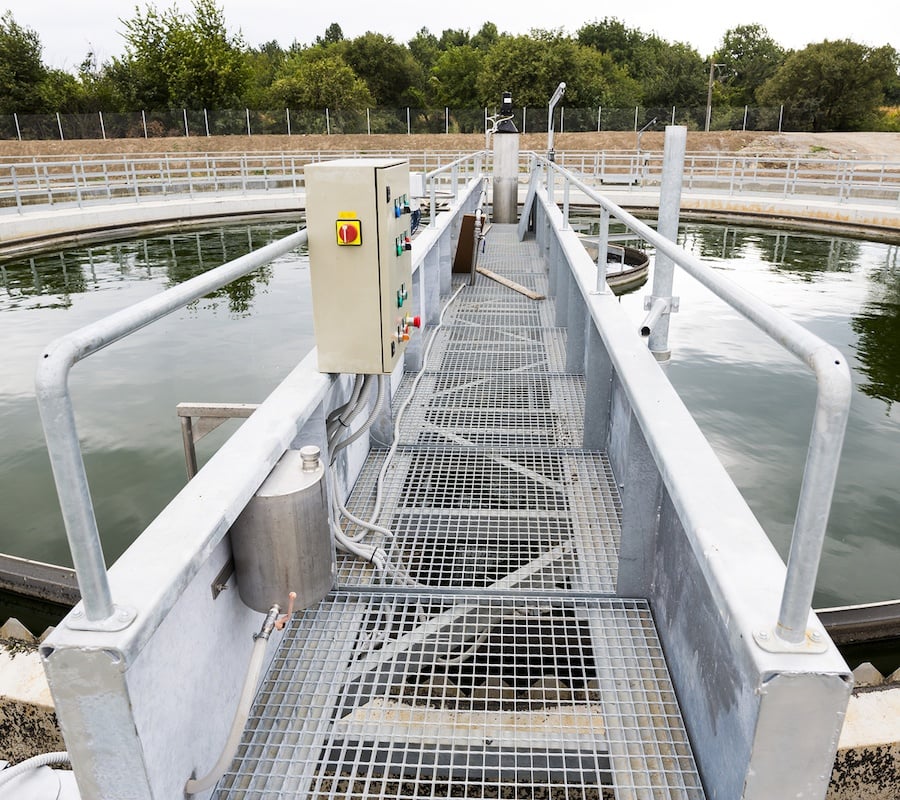
-1.jpg)
